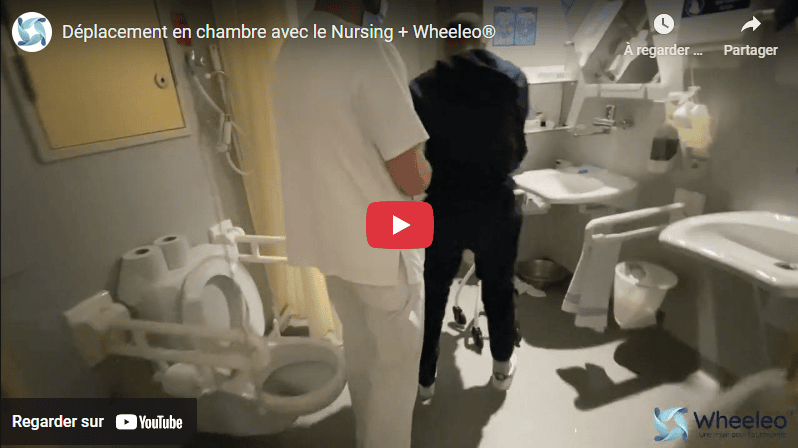
In the context of gait rehabilitation, every step counts. This video illustrates an often underestimated but essential moment: a hospitalized patient, still in the rehabilitation phase, gets up from their chair in the room to walk to the toilet, accompanied by a caregiver.
He is not yet walking alone, but he is already an active participant in his recovery.
During the acute or subacute phase of hospitalization, physiotherapy sessions structure motor recovery. But true progress is often observed between sessions, when the patient starts to use what they learn in everyday situations.
Accompanied by a caregiver, this type of functional movement (getting up, walking a few meters, reaching the toilet) allows for:
In practice, three major stages can be identified in functional gait recovery in the hospital:
This second stage – walking with caregivers – plays a pivotal role.
It allows the patient to gradually move away from a passive role and integrate movement into their basic activities. It is also often the moment when they start to “believe in themselves”, to glimpse a discharge from the hospital, and to project themselves towards independence.
But for this progress to be possible, the appropriate equipment must be available at the right time.
It would be a shame if a patient capable of walking with a caregiver had to remain seated… simply because no walking aid device is available.
Increasing functional movements with nursing staff is simple on paper, but it requires:
Encouraging these “small” functional walks outside of sessions is much more than a gain in mobility:
It is a powerful lever to accelerate rehabilitation, strengthen independence, and actively prepare for discharge home.
Please fill in this short form so that we can contact you to arrange a test.